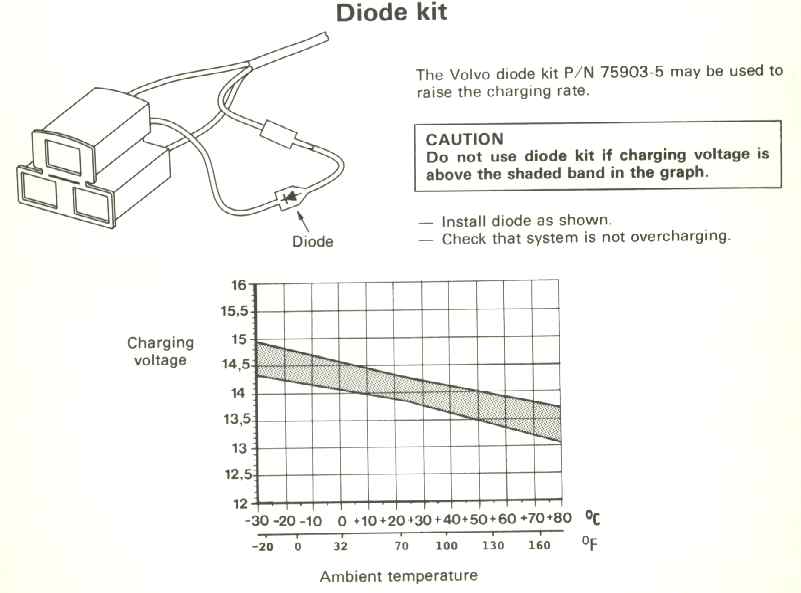bmos
New member
- Joined
- Feb 16, 2018
- Location
- Cumberland, ME
Page 17 of Volvo Technical Publication 31465/1 says "a hybrid-film voltage regulator, designated "TWC" is available as an accessory." Does anyone know anything about this?
Also, is the regulator with the plug for the battery temperature sensor still available? I know there were a lot of issues with it back in the day but I think it would be pretty neat to get it working now that batteries are sealed up so much better.
Also, is the regulator with the plug for the battery temperature sensor still available? I know there were a lot of issues with it back in the day but I think it would be pretty neat to get it working now that batteries are sealed up so much better.

